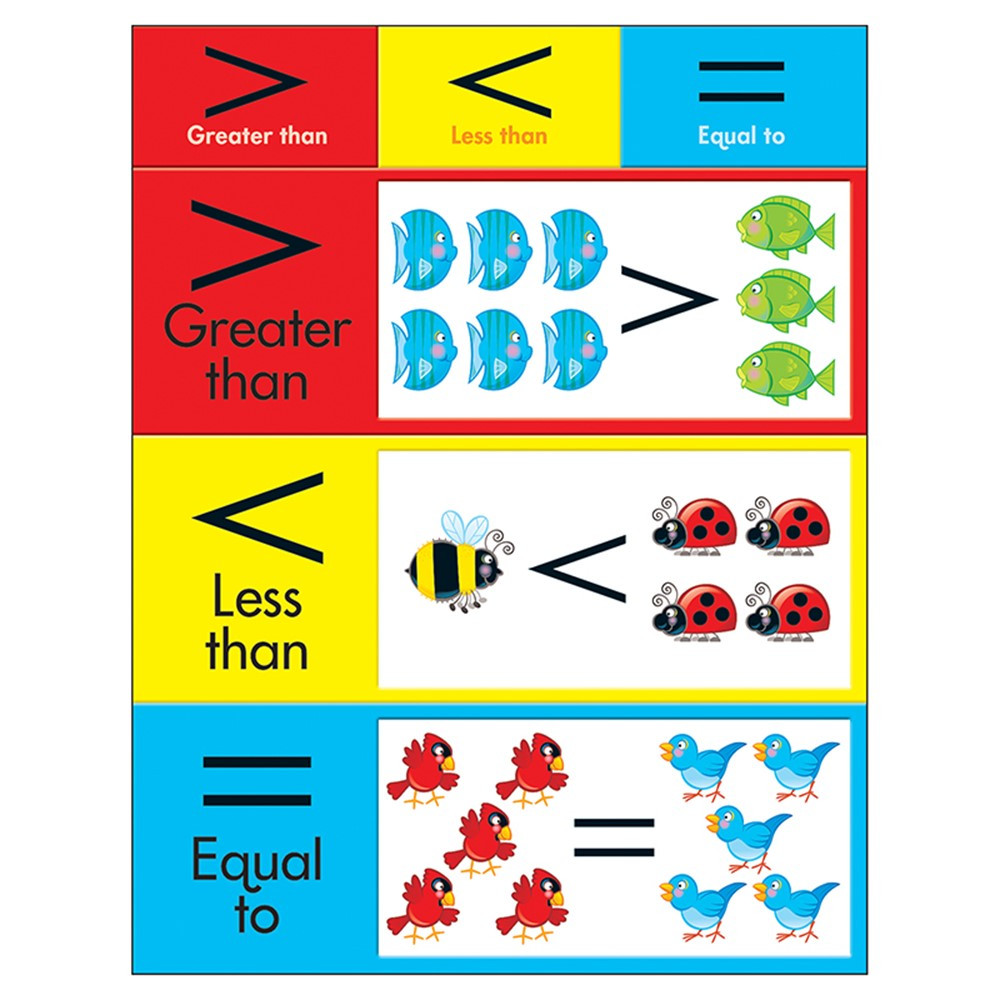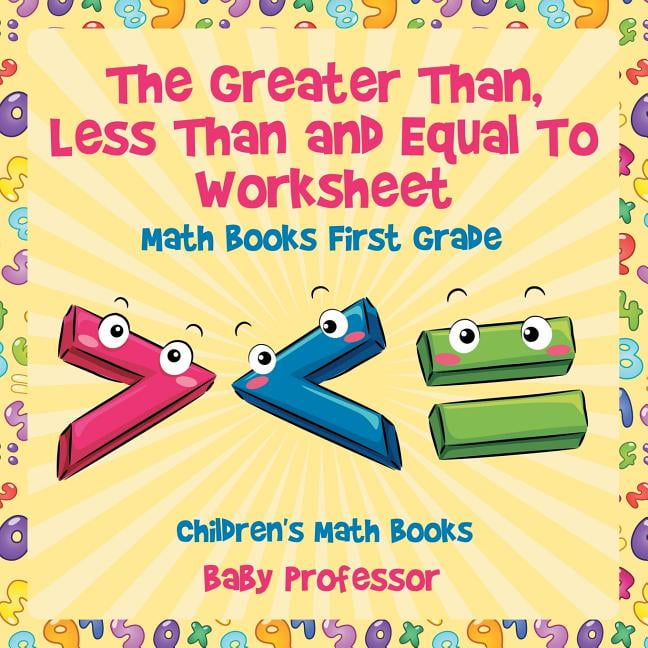

Multiplication, division, and place value.īenefit of Virtual Tool 2: While using the virtual dice learners can assign place values to theĭifferent colors and explore adding and subtracting from the dice.Ĭhallenge of Virtual Tool 2: One of the possible challenges of using this tool is that learners may Use of Virtual Tool 2: Virtual Dice can be used in the classroom to be used for addition, subtraction, Web link of Virtual Tool 1: apps.mathlearningcenter/money-pieces/ May not be physically available and it would also avoid the possibility of sharing germs whenĬhallenge of Virtual Tool 1: Using this App might not deliver hands on manipulatives to create aĭeeper association for learners with the real world. This can support learners learning in the value of coin and paper currency.īenefit of Virtual Tool 1: Using the App will give learners access to an assortment of coins that Use of Virtual Tool 1: This App can be used in the classroom by applying virtual money into the

Evaluate four virtual tools that elementary-age learners can use to explore mathematical concepts, including the following for each tool: Solidify their understanding of math to the real world.Ĭhallenge of Tool 4: Could provide a safety/ choking hazard. They alsoīenefit of Tool 4: Easily recognizable to learners of varying levels. Use of Tool 4: Can be used to teach learners about addition, subtraction, and place values. Learners can roll a single die or multiple dice and then add, subtract, or compare to other die.īenefit of Tool 3: they are widely accessible in multiple forms and are usable for varied levels ofĬhallenge of Tool 3: They can prove to be a safety hazard for younger learners if die are small Use of Tool 3: Dice are useful in teaching learners about addition, subtraction, and place values. This would make it tough for kindergarten aged kids to use with simple addition Use of Tool 2: Cuisenaire Rods are a great use in class to aid in teaching addition.īenefit of Tool 2: They offer young learners a visual demonstration of numbers while walk through theĬhallenge of Tool 2: One difficulty that Cuisenaire rods pose is that it can be challenging to tally themīy ones with the rods. With reduced fine motor skills may have a hard time to place the sticks into the pouches.

Kinesthetic learning when combining piles of sticks to recognize the place value of the digit in theirĬhallenge of Tool 1: A possible challenge that the pouch chart may pose, is that young learners Having learners put the correct number of sticks in the equivalent number pouch.īenefit of Tool 1: Using these place value pouch charts, learners discover place value by using Use of Tool 1: The place value pouch chart teaches place value and boosts number identification by Tool 1: Place value pouches chart with Popsicle sticks


 0 kommentar(er)
0 kommentar(er)
